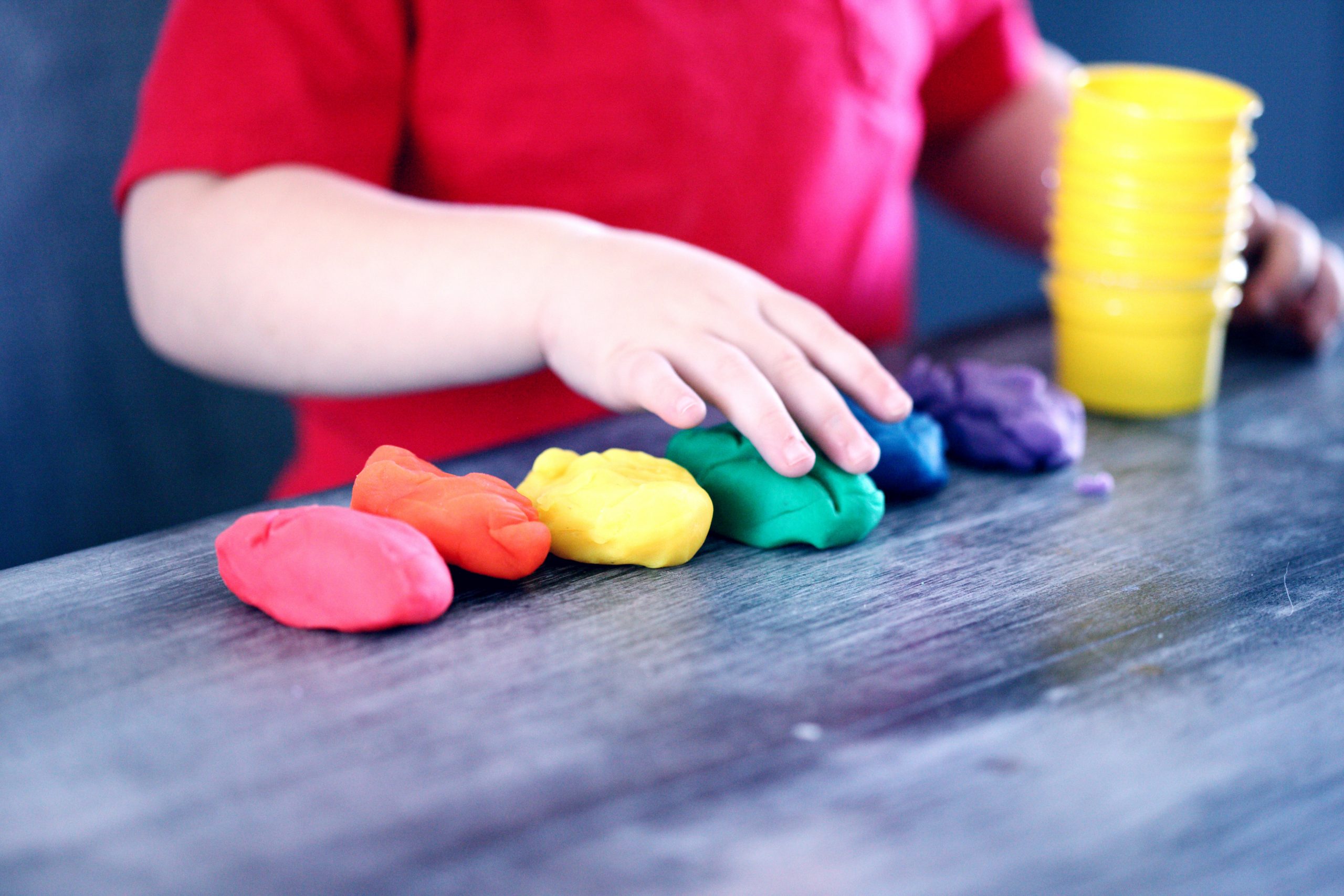The Benefits of Play Therapy
Children may not have the verbal skills to express their emotions and thoughts effectively. Play therapy provides a safe and non-threatening environment for them to express themselves through toys, art, or other creative mediums.
How can Play Therapy help your child?
- Increasing self-esteem and confidence
- Ability to identify feelings and label them
- Understanding what a healthy and safe relationship looks like
- Taking responsibility for behaviors
- Relieving stress and learning to soothe
- Learning and developing coping skills and problem-solving through skills
- Reduction in anxiety
- Building social skills
- Learn empathy and respect for others
Why do I have toys?
Toys represent memory and emotionality by the client. The toys selected are their words, and play is their language. This type of therapy harnesses the power of play to help children express their thoughts and feelings, resolve emotional or psychological issues, and develop healthier coping mechanisms.
Play + Therapy: What happens in sessions?
Sessions are held in an environment where the child feels safe and heard and with few limitations. playing out their feelings, events, and experiences in the following ways:
- Creative visualization: using art such as painting, clay, glue, fabrics, etc., a child can visualize
their event, emotions, or who was involved without saying much. This technique also helps with
self-expression, problem-solving skills, and communication. - Storytelling: We use puppets to play out experiences we’ve encountered and how they made us
feel. therapeutic games that help the child express empathy and think about how others may feel
in situations is another way storytelling is used. - Role-playing: The therapist sometimes uses role-playing to help a child practice using a new tool.
can also help them with empowerment and confidence. - Toy phones, puppets, stuffed animals, masks, dolls, and action figures: These items are great for
children who need to feel nurtured, use their imagination, and pretend or play out things that have
happened in their day. - Arts and Crafts: helps children express themselves, and it creates a safe way to show the therapist
a situation that happened or an event and what it was like. Therapists may direct a child to create
something specific or do an activity to open up the deep thinking parts of the brain and let out
unheard thoughts or feelings. - Sand play: Helps clients express themselves without words, an effective way to cope with trauma
and anxiety. Sand feels soft and soothing in our hands, so it relieves stress and fear and can
evoke creativity and imagination without using words.
blocks and construction toys, musical play: another set of toys that are great for self-expression
and creative expression - Dance and creative movement: This is such a fun way to release energy, facilitate expression
through their bodies and practice new ways to relax, such as yoga, before they leave so they have a new skill to show parents! - Bop bags, toy guns, soldiers, swords: These toys are used to help release anger and
aggression. - Games: These can be used to build a connection between child and therapist or to bond, working
through issues of competition and fears of losing
I often use therapeutic activities to help the child build rapport, express feelings, and have fun! Children use the toys in the playroom as their words, and it is up to the trained therapist to interpret and reflect using feelings and phrases that help children gain insight into their lives or events. Since the child can’t adequately express themselves in the adult world, the therapist joins the child in their world, on their level. I usually sit on the floor so that I am at eye level; this helps the child feel like an equal to the adult. As they play, the child may become less guarded and more open to sharing their feelings or talking about what’s going on. But they aren’t pressured. They’re allowed to do so in their own time and with their own method of communication.
Communicating to Parents
While the therapist cannot share detailed word-for-word information from the child’s session, they can share themes represented in sessions and the implementation of new skills being discussed. Checking in about goals and ways the parents can help the child at home are key to therapy working.
Themes are key to identifying the meaning of sessions and helps therapist track the progress of change. Play themes are how children use their play to work through trauma, stress, social or emotional issues or concerns, and it shows up in the toys they pick.
Below are themes presented in Play Therapy sessions:
- Power and Aggression
- Family Relationships
- Control and Safety
- Sexualized Play
- Dying/Death
- Mastery and Exploration
- Interaction
Play therapy provides a child-centered approach to healing and growth, helping children navigate their challenges and develop the emotional and social skills they need for a healthy and successful future. Play therapy must be conducted by qualified and trained therapists who understand child development and the therapeutic benefits of play.





